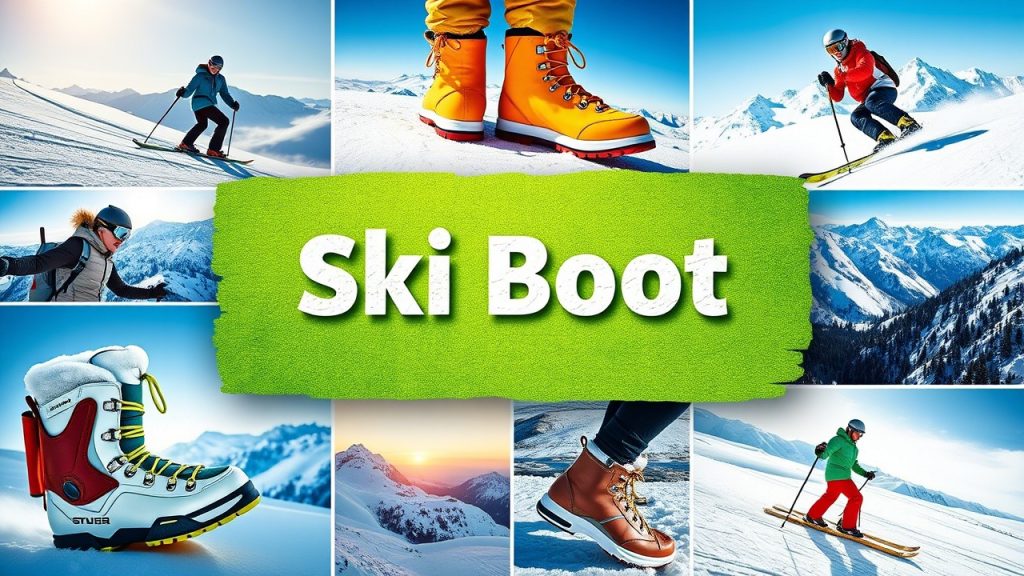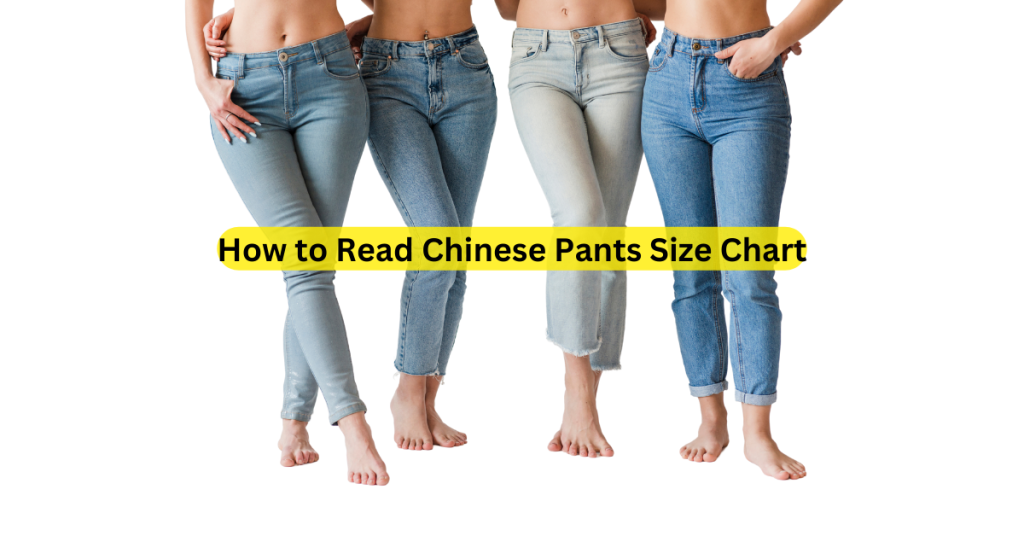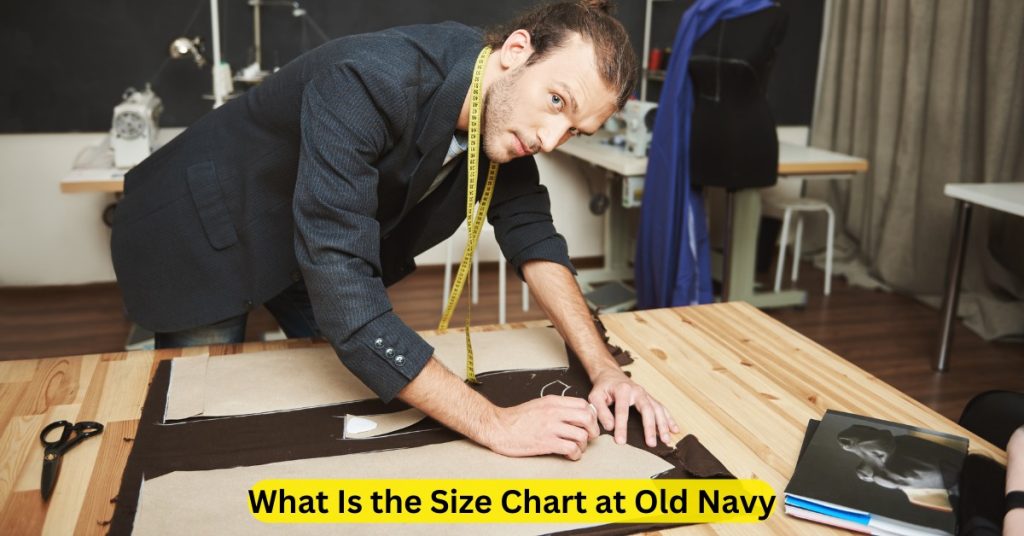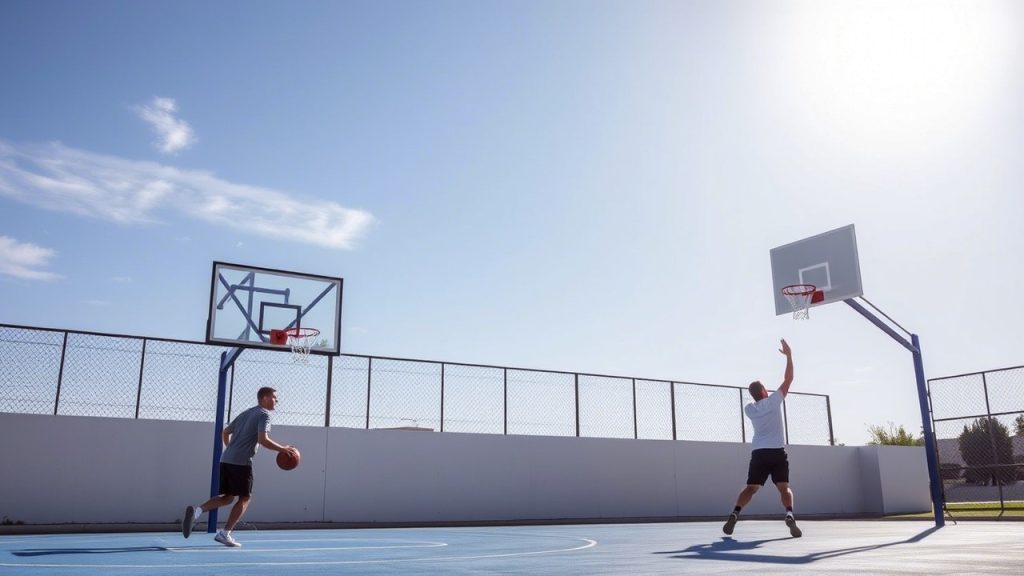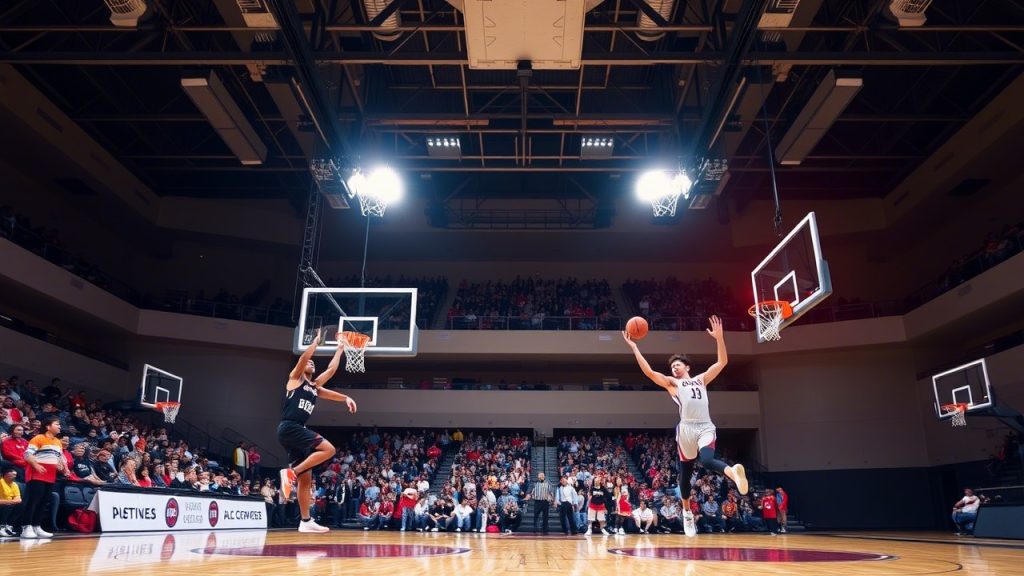Skiing is one of the most exhilarating sports you can experience. Whether you’re gliding down the slopes with ease or tackling challenging backcountry terrain, skiing requires the right equipment for both performance and comfort. One of the most crucial pieces of equipment in achieving the perfect skiing experience is your ski boots. A poor fit can lead to discomfort, pain, and fatigue, ultimately reducing your endurance on the slopes.
To enhance your skiing endurance, it’s essential to have ski boots that fit you perfectly. But with so many different boot sizes, models, and measurement systems, finding the right one can seem overwhelming. This is where ski boot size charts come into play.
We’ll explore the 10 Best Ski Boot Size Chart Ideas to Enhance Skiing Endurance. We’ll cover everything from how to measure your feet properly, to understanding different boot sizing systems, to tips on how to find the best fit for your needs. We will also provide answers to some frequently asked questions to clear up any confusion and help you make an informed decision when selecting your ski boots.
The Importance of Proper Ski Boot Fit for Endurance
When you’re on the slopes, comfort is key to maintaining high performance and endurance. Poorly fitting boots can cause blisters, numbness, and restricted circulation, all of which can negatively impact your skiing experience and stamina. A well-fitted ski boot provides:
- Better control: The right boot size allows you to have better control over your skis, which is essential for maintaining stability, especially on longer runs.
- Reduced fatigue: When your boots fit correctly, they reduce the strain on your legs and feet, allowing you to ski for longer periods without feeling exhausted.
- Enhanced performance: A snug fit ensures that you’re more responsive to your skis, improving your skiing technique and overall performance.
With that in mind, let’s dive into the 10 Best Ski Boot Size Chart Ideas to help you find the perfect fit and boost your endurance on the slopes.
10 Best Ski Boot Size Chart Ideas to Enhance Skiing Endurance
1. Mondopoint Size Chart
The Mondopoint sizing system is the most common and reliable system used for ski boots. It measures your foot length in millimeters, offering a more accurate and customized fit. The beauty of Mondopoint sizing is that it eliminates confusion caused by different shoe size systems (U.S., European, UK) and focuses solely on the length of your foot.
Here’s how to find your Mondopoint size:
- Measure your foot length in millimeters from the heel to the tip of your longest toe.
- Divide the measurement by 10 to convert it into the Mondopoint size.
| Foot Length (mm) | Mondopoint Size |
|---|---|
| 250 mm | 25.0 |
| 260 mm | 26.0 |
| 270 mm | 27.0 |
| 280 mm | 28.0 |
| 290 mm | 29.0 |
2. US Shoe Size Conversion Chart
If you’re accustomed to U.S. shoe sizes, you can use this conversion chart to find your ski boot size. While this system is less precise than Mondopoint, it can help give you a rough starting point.
| US Men’s Size | European Size | Mondopoint Size |
|---|---|---|
| 6 | 39 | 24.5 |
| 7 | 40 | 25.0 |
| 8 | 41 | 26.0 |
| 9 | 42 | 27.0 |
| 10 | 43 | 28.0 |
3. Boot Width and Volume Fit Chart
Ski boots come in different widths to accommodate varying foot shapes. The width of the boot is important for comfort and performance. There are three primary categories: narrow, medium, and wide. Choosing the right width ensures your feet are snug but not cramped, improving your endurance throughout the day.
| Foot Width (mm) | Boot Width Type | Fit Category |
|---|---|---|
| 97-98 mm | Narrow (98mm) | Narrow Fit |
| 99-100 mm | Medium (100mm) | Standard Fit |
| 101-102 mm | Wide (102mm) | Wide Fit |
Make sure to measure the width of your foot at its widest point (across the ball of the foot) to ensure the proper fit.
4. Ski Boot Flex Rating Chart
The flex rating of a ski boot refers to its stiffness. A boot with a low flex rating is more flexible and forgiving, while a boot with a higher flex rating provides more support and control. To enhance skiing endurance, it’s important to select a boot that complements your skiing style.
| Flex Rating | Skiing Ability | Best For |
|---|---|---|
| 60-80 | Beginner | Comfort & Ease |
| 80-100 | Intermediate | All-around skiing |
| 100-120 | Advanced | Precision & Control |
| 120+ | Expert | Aggressive skiing |
5. Custom Ski Boot Fit Chart
Custom ski boots are designed specifically to fit your foot shape and skiing needs. Many boot manufacturers offer heat-moldable liners that conform to the unique contours of your feet. This can significantly improve comfort, reduce pressure points, and enhance skiing endurance.
| Customization Features | Benefits |
|---|---|
| Heat-moldable Liners | Conforms to foot shape |
| Custom Footbeds | Offers added comfort and support |
| Shell Customization | Reduces pressure points |
6. Ski Boot Sizing Adjustment Chart
In some cases, even after selecting the right size, you might need to make small adjustments to achieve a perfect fit. Ski boot retailers often provide adjustment charts to help you tweak the fit by modifying the buckle tightness, using different insoles, or adjusting the liner.
| Adjustment Type | Solution |
|---|---|
| Tight Footbed | Switch to thinner or more cushioned insoles |
| Loose Heel | Add heel lifts or thicker insoles |
| Pressure Points | Use custom footbeds or padded liners |
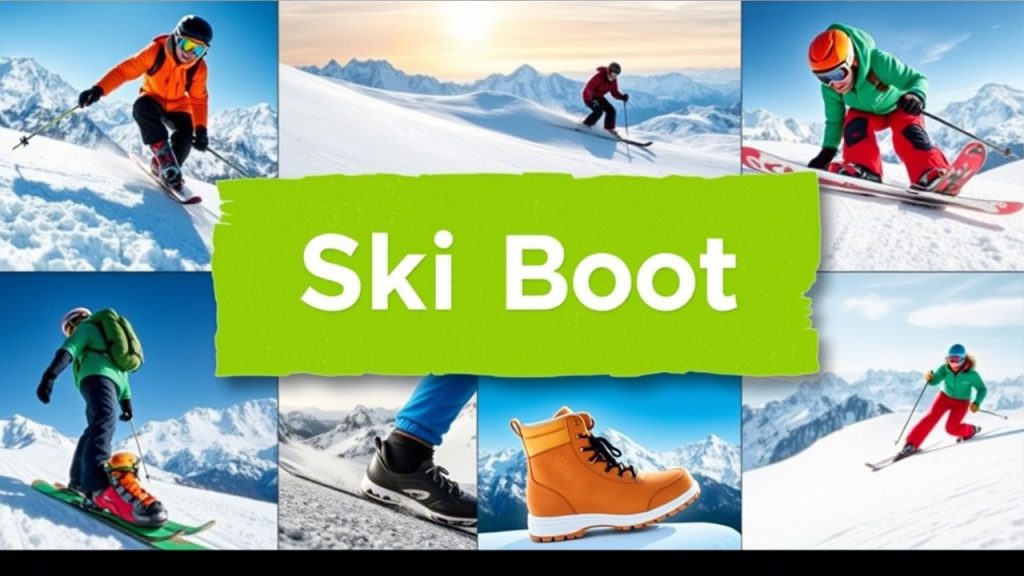
7. International Sizing Conversion Chart
If you’re shopping for ski boots internationally, it can be useful to understand the different sizing systems. This international sizing chart can help you navigate between US, European, UK, and Mondopoint sizes.
| US Men’s Size | European Size | UK Size | Mondopoint Size |
|---|---|---|---|
| 6 | 39 | 5 | 24.5 |
| 7 | 40 | 6 | 25.0 |
| 8 | 41 | 7 | 26.0 |
| 9 | 42 | 8 | 27.0 |
| 10 | 43 | 9 | 28.0 |
8. Ski Boot Sizing for Different Ski Types
Different skiing styles require different types of boots. Alpine skiing, freestyle skiing, and backcountry skiing all require unique boot features. Understanding your skiing style and selecting the appropriate boot size for your activity can improve comfort and endurance.
| Ski Type | Boot Features | Ideal Fit |
|---|---|---|
| Alpine Skiing | Stiff boots with precision fit | Snug fit with medium flex |
| Freestyle Skiing | Lighter boots for maneuverability | Flexible with good foot hold |
| Backcountry Skiing | Flexible boots with good warmth insulation | Comfortable fit with flexibility |
9. Ski Boot Sizing for Women
Women’s feet are generally narrower and have a different arch structure compared to men’s feet. Ski boots designed for women often feature more accommodating shapes and a softer flex rating for better comfort and performance.
| Women’s Foot Size | Mondopoint Size |
|---|---|
| 5.5 | 23.5 |
| 6.5 | 24.5 |
| 7.5 | 25.5 |
| 8.5 | 26.5 |
| 9.5 | 27.5 |
10. Ski Boot Sizing for Children
Children’s ski boots are designed to grow with them. It’s important to ensure that their boots fit snugly without being too tight, as this can lead to discomfort and reduced control. Child-specific boots often feature easy-to-use buckles and liners that offer a comfortable fit.
| US Size (Children) | Mondopoint Size |
|---|---|
| 11.5 | 19.0 |
| 12.5 | 20.0 |
| 13.5 | 21.0 |
| 1.5 | 22.0 |
| 2.5 | 23.0 |
Frequently Asked Questions
- How do I measure my feet for ski boots? Stand barefoot, place your feet flat on the ground, and measure the distance from the heel to the tip of your longest toe. Use this measurement in millimeters to find your Mondopoint size.
- How tight should ski boots feel? Ski boots should feel snug but not uncomfortable. You should be able to wiggle your toes, but the heel should remain securely in place.
- What’s the difference between ski boot flex ratings? Flex ratings indicate the stiffness of the boot. Lower flex (60-100) is suitable for beginners, while higher flex (100+) is for advanced skiers who need more control.
- Can ski boots be too loose? Yes, loose boots can cause instability, discomfort, and reduced performance. Always ensure your boots are properly tightened.
- How often should I replace my ski boots? If your ski boots are over 5-10 years old, or if they show signs of wear and tear, it’s time to replace them to ensure optimal performance and comfort.
- What if my ski boots cause blisters? Blisters often occur when boots are too tight or have pressure points. Consider getting custom insoles or heat-moldable liners to improve the fit.
- Are custom ski boots worth the investment? If you have unique foot shapes or frequently ski for long hours, custom boots offer a better fit and can enhance comfort and endurance.
- Do ski boots stretch over time? While ski boots don’t stretch significantly, heat-moldable liners can conform to your feet, creating a better fit over time.
- How can I adjust my ski boot fit if it feels uncomfortable? You can adjust the buckles, try different socks, or use custom insoles to improve comfort. A ski boot fitter can also make minor modifications to the shell.
Conclusion
Choosing the right ski boot size is essential for enhancing your skiing endurance. With these 10 Best Ski Boot Size Chart Ideas, you now have the knowledge to find a boot that fits your foot shape, skiing style, and level of experience. A proper fit ensures that your feet remain comfortable, allowing you to ski longer and with greater control. Don’t settle for boots that are too tight or too loose—invest in a pair that enhances your performance and boosts your skiing endurance. Happy skiing!

